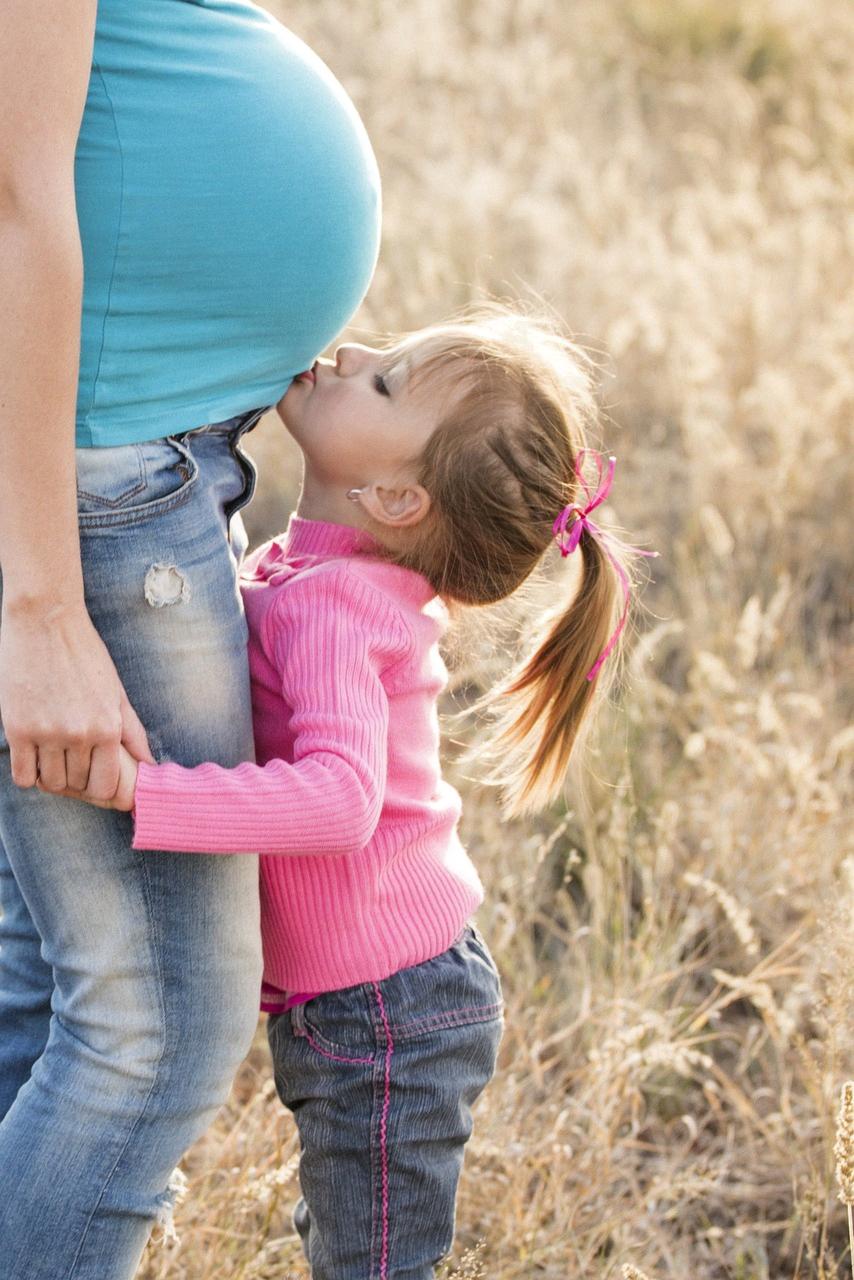During pregnancy, many women have concerns about whether it is safe to color their hair. The good news is that there are safe options available for pregnant women who still want to change their hair color. When it comes to choosing a hair color during pregnancy, it is essential to be cautious and opt for methods that are less likely to harm you or your baby.
Pregnancy and Hair Dyes
Traditional hair dyes contain chemicals that could potentially be harmful if absorbed into the skin. While the risk of these chemicals affecting your baby is low, it is always best to err on the side of caution during pregnancy. Opting for safer alternatives can give you peace of mind while still allowing you to change your hair color.
Safer Hair Color Options
Semi-permanent pure vegetable dyes, such as henna, are considered safe alternatives for pregnant women. These dyes do not contain harsh chemicals that can be absorbed into the skin, reducing the risk of any potential harm to you or your baby. It is essential to choose products that are specifically labeled as safe for use during pregnancy.
Consideration for Hair Condition
It is important to note that pregnancy can affect the normal condition of your hair. Your hair may react differently to coloring or perming than it usually does, so it is crucial to perform a patch test before applying any new hair color. This can help you avoid any adverse reactions or unexpected outcomes.
Consulting with Your Healthcare Provider
Before making any decisions about coloring your hair during pregnancy, it is recommended to consult with your healthcare provider. They can provide personalized advice based on your individual health and pregnancy status. Your healthcare provider may also recommend delaying any hair color treatments until after giving birth.
Permanent Hair Dyes
While it is generally advised to avoid permanent hair dyes during pregnancy due to the chemicals they contain, some women may still choose to use them. If you decide to use permanent hair dye, it is best to do so in a well-ventilated area to minimize exposure to chemicals. You should also perform a patch test and follow all safety precautions.
Natural Alternatives
If you prefer a more natural approach to coloring your hair during pregnancy, there are several options available. For example, using coffee or tea rinses can subtly darken your hair, while lemon juice can lighten it. These natural alternatives are less likely to cause harm to you or your baby.
Home Hair Coloring
If you choose to color your hair at home during pregnancy, it is important to follow all instructions carefully and use products that are specifically labeled as safe for use during pregnancy. Additionally, make sure to perform a patch test and conduct a strand test before applying the color to your entire head.
Postpartum Hair Care
After giving birth, you may notice changes in your hair, such as increased shedding or changes in texture. It is essential to continue caring for your hair properly and consult with a hairstylist if needed. Be gentle with your hair and avoid using harsh products that could further damage it.
Maintaining Hair Health
Regardless of whether you choose to color your hair during pregnancy, maintaining the health of your hair is important. This includes regular trims, using gentle hair care products, and avoiding excessive heat styling. Keeping your hair healthy can help prevent damage and promote overall hair growth.
Final Thoughts
Ultimately, the decision to color your hair during pregnancy is a personal one. While there are safe options available, it is essential to weigh the risks and benefits carefully. Consulting with your healthcare provider and following safety precautions can help ensure that any hair color treatments are done as safely as possible during this special time in your life.
In Conclusion
When it comes to choosing a hair color during pregnancy, it is crucial to prioritize safety and opt for methods that are less likely to harm you or your baby. By choosing safer alternatives, consulting with your healthcare provider, and following safety precautions, you can still enjoy changing your hair color while ensuring the well-being of yourself and your baby.

